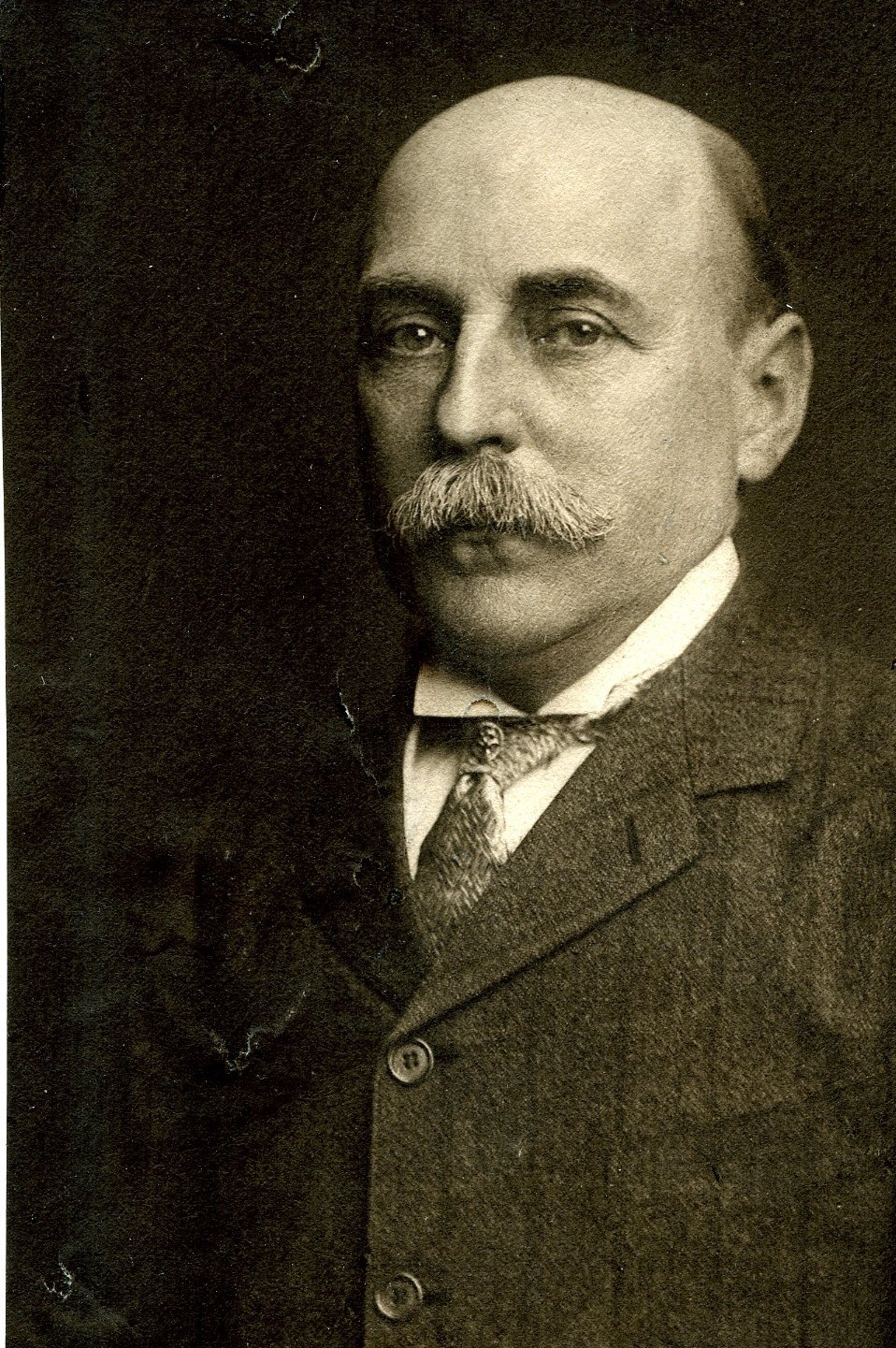Artist
Centurion, 1893–1914
Born 12 May 1855 in New York (Manhattan), New York
Died 12 June 1914 in East Hampton, New York
Buried Woodlawn Cemetery , Bronx, New York
, Bronx, New York
Proposed by Will H. Low, John Bigelow, and F. Hopkinson Smith
Elected 4 March 1893 at age thirty-seven
Archivist’s Note: Brother of Charles Isham
Proposer of:
Seconder of:
Century Memorial
The mind and disposition and life-long study of Samuel Isham made him a connoisseur of everything designed by human art. His was a large understanding and sympathy, which always perceived the beauty before the blemish. In a gallery or museum, or in a city street, he extended to every object the hospitality of his appreciation. He saw with level eye and wide, considering judgment, while his mind was also busy comparing, ordering, and classifying. Those friends who, since his death, have assisted in distributing his books and collections, have been impressed with the range of his intimate interest and knowledge. This broad knowledge was opened to his companions by Isham’s gift of clear, explanatory statement, a gift which shines brightly in his one important publication, a History of American Painting.
After graduating from Yale, Isham was in due course admitted to the Bar. But deafness led him to give up the thought of practicing law, and he gladly turned to seeing and painting, which last he took as his profession. He learned to paint well, and his work was approved by fellow artists. Its excellence was recognized in his election to the National Academy of Design, the Society of American Artists, and by the award of a medal from the Louisiana Purchase Exposition in 1904. He was also a Trustee of the American Fine Arts Society. Of late years he had painted little, and as he rarely mentioned his pictures, the Memorial exhibition of them, in the gallery of The Century, came as a revelation of his admirable art.
He was a man of many friends. Tolerant of foibles and slow to judge another by some jarring defect, he was always amiable and liked amiability in his companions, of whose gifts and character he was appreciative. Enjoying conversation, he was patient under the handicap of deafness, as he was wonderfully serene through his last years of physical debility. All who knew him delighted in his companionship. Just as his letters have old-fashioned grace, a like charm touched his speech.
Henry Osborn Taylor
1915 Century Association Yearbook

